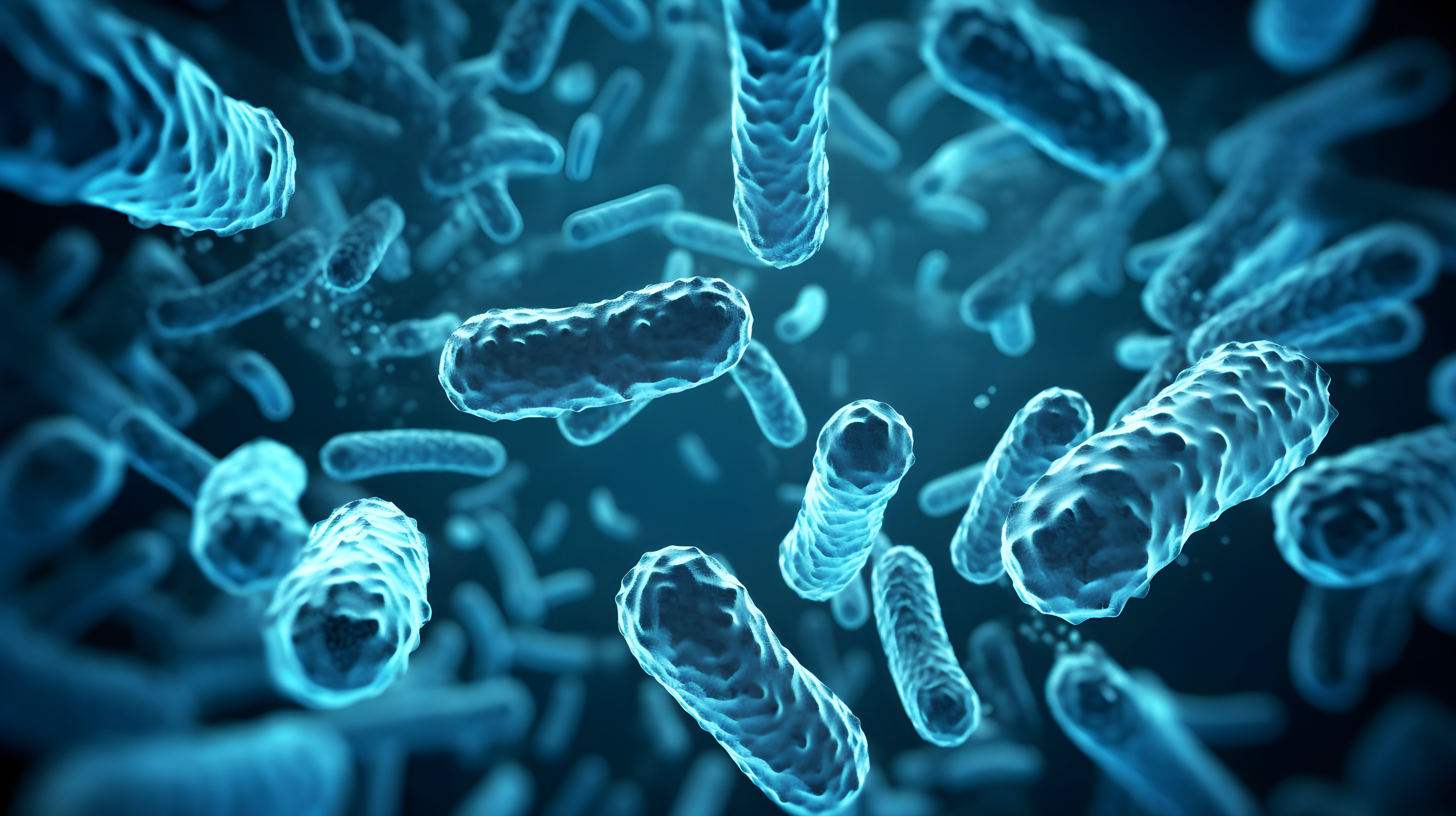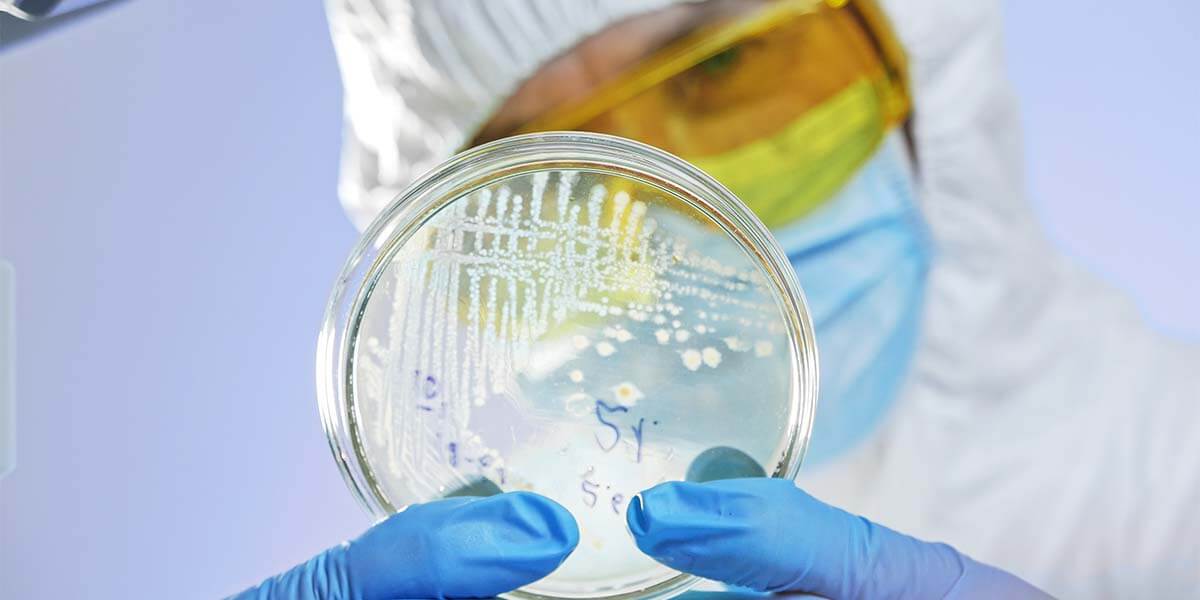BS 7592: 2022 Sampling for Legionella bacteria. What’s new?
The British Standard Institution issues guidance on water sampling to test for Legionella bacteria. It has recently published a new version of the standard: BS 7592: 2022, which considers routine monitoring and outbreak investigations. It is essential that anyone working in water sampling for Legionella control keeps abreast of new developments in this standard.
What’s the purpose of BS 7592: 2022?
BS 7592: 2022 is a standardised procedure to test water systems for the presence of Legionella bacteria. The standard applies to sampling artificial water systems; it provides approaches to sample biofilms and sediments that could be present in water systems. It also describes methods of collecting water from systems and ways of monitoring systems that control Legionella bacteria—the cause of Legionnaires’ disease.
The standard applies to hot and cold water systems, cooling towers, spa pools, and any other water system identified as a potential risk. It is designed to help the owners or those responsible for risk systems to take samples for Legionella bacteria compliantly based on the requirements of current legislation.
What has changed in BS 7592: 2022?
Prior to the 2022 updated version, the standard was last issued in 2008. As a result of the amendments (detailed in the subsections below), it is essential that those responsible update their training and equipment provisions and their Risk Assessment Method Statement (RAMS).
The changes include additional sections that detail sampling for:
- Investigations
- Abrasive contamination
- Commissioning and recommissioning
There are also three new annexes containing information on:
- Sampling to investigate incidents and outbreaks in hotels and other multi-occupancy buildings
- Sampling to investigate incidents and outbreaks in hospitals and healthcare
Targeted sampling
BS7592:2022 tries to prevent sampling for the wrong reason by stipulating that there should be a clear rationale for doing so. Sampling is necessary when there are at-risk people in the area or due to a control scheme failure. Before taking a sample, the Responsible Person must write a sampling plan. The two good reasons for this are to:
- Avoid random samples being taken by pre-establishing definite sampling locations
- Clarify what the sampling will be measured against when analysing the results
Creating a sampling plan
A sampling plan should be drawn up based on a site-specific legionella risk assessment. If the site has no water safety plan or Legionella sampling plan, then a site survey should be conducted to decide where to take samples. Selecting a location for sampling should be based on:
- Which area is likely to contain the highest amount of Legionella bacteria
- Which area presents the most significant risk
The sampling plan must include detailed information—a diagram, for example—of outlets to be sampled.
The plan should detail the reason for sampling as well the parameters to be measured, including:
- Temperature
- pH
- Chlorine level
Routine sampling methods
- Routine monitoring samples should be taken pre-flush and from unmixed outlets. There should be no disinfection or adjustment of devices when the samples are taken to gain a clear picture of the water.
- If samples are taken post-flush, the outlet’s condition should be recorded when it could affect the sample’s result. Post-flush samples without disinfection are not recommended due to the difficulty of interpreting results. Emphasis should be placed on achieving the correct flow rates during sampling (3–5l/min)—fast enough to achieve significant flushing but slow enough to avoid splashing.
- After taking a post-flush sample, the outlet and surroundings should be rinsed with clear water to avoid damage.
- Additional pre- and post-flush samples should be taken from outlets of particular concern.
- Rotational sampling should be carried out for non-Sentinel outlets in the interests of thoroughness.
- The routine sampling methodology should be verified to ensure the checks are adequately precise, repeatable, sensitive, and specific.
Sample storage
The updated standard states that samples should be kept and transported in the dark—it previously said they should be protected from sunlight. Samples now need to be transported in insulated containers with sufficient space to allow for air circulation. Moreover, hot and cold water samples should be packaged and transported in separate transport containers.
Sampler training for healthcare sites
For healthcare sites, the updated standard states that everyone taking samples must have undertaken a water hygiene training course (as per HTM04-01 Part B).
Temperature monitoring in hot and cold water storage tanks
BS7592:2022 recommends that hot and cold outlets are run (for 1 minute or 2 minutes, respectively) and temperatures are always taken, as per HSG274 part 2. If a satisfactory temperature is not achieved, the record should note how long it took for the required temperature to be achieved (if at all). The temperature should also be recorded immediately after taking a pre-flush sample.
There are several changes for hot water system sampling, bringing the standard more in line with HSG274, which considers multi-loop systems and hot water storage.
Potable water storage tanks
The previous standard cited dip sampling as an effective sampling method. However, the current standard recognises that potable water storage tanks should not be opened for sampling as this increases the risk of contamination through dust and debris entering when the lid is removed. BS7592:2022 states that a suitable downstream sample should be taken from a dedicated sample valve or the nearest outlet to the tank.
Any observations around the condition of tanks should be recorded as defects and brought to the attention of the responsible person for the site.
Post-flush samples from showers
Unlike the previous version, BS7592:2022 states it could be worth taking post-flush samples from showers if routine testing highlights a problem. However, the results should be interpreted cautiously due to the difficulty associated with disinfecting all the components.
Investigating Legionella outbreaks
BS7592:2022 stipulates formal chain of custody records be maintained with temperature measurements for sample storage and transport. In outbreak investigations, it may be justified to carry out submersion sampling of potable water cisterns.
The updated standard includes a section on commissioning and recommissioning systems following an outbreak, which refers to taking a risk assessment based approach and the production of a dedicated sampling plan.
- Annex A details the requirements of a sampling plan in an outbreak investigation for hotels and multi-occupancy buildings.
- Annex B details the requirements of a sampling plan for an outbreak on healthcare premises.
Additional updated guidance
Respiratory protective equipment (RPE) should be used:
- During incident investigations
- For systems that have recently had high results
- For systems that are considered high risk and may yield high results
In areas of poor circulation, potential contamination can be missed if samples are only collected from sink outlets or showers.
If a system is poorly balanced or has flow issues, samples should be taken from flushing points on each circulating loop just before the loop returns to the hot water vessel.
Conclusion
The updates contained in BS7592:2022 are significant for the water management industry. Ensuring processes have been modernised based on the updated standard is vital for those who have a duty of care.
Much has changed over the fourteen years since the previous version of the standard in 2008 was published to protect health. Understanding and implementing the updates in BS7592:2022 will save even more lives.
Topics: Legionella Control

Written by Jon Greaves
Jon has progressively worked through operational roles, account management, technical management, and senior management roles over the last 16 years within one of the group companies before moving into the role of Water and Air Managing Director. Jon has experience across multiple sectors of water and air compliance, including district energy networks; data centres; healthcare; food and beverage and facilities management. Jon acted as a corresponding steering committee member on CIBSE CP1 – Heat Networks Code of Practice for the UK released in 2020.




